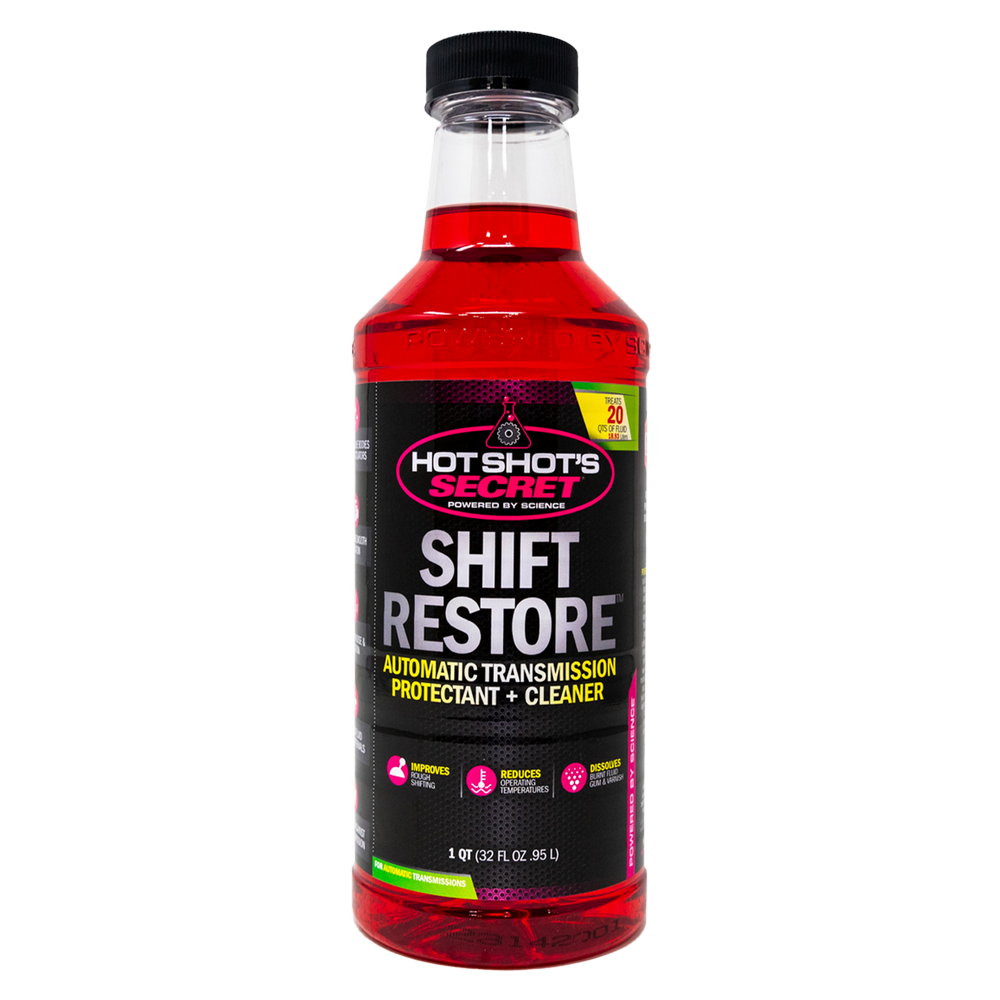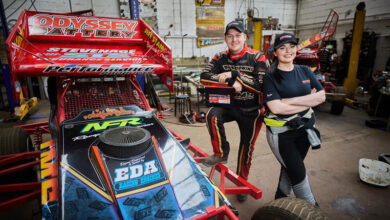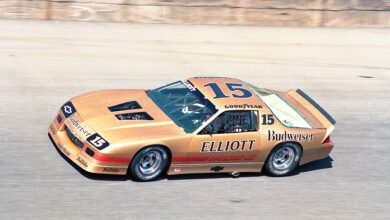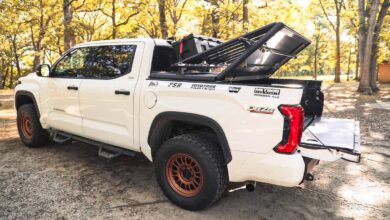Performance Drivetrains: When Things Just Mesh
Quality products make or break custom builds.
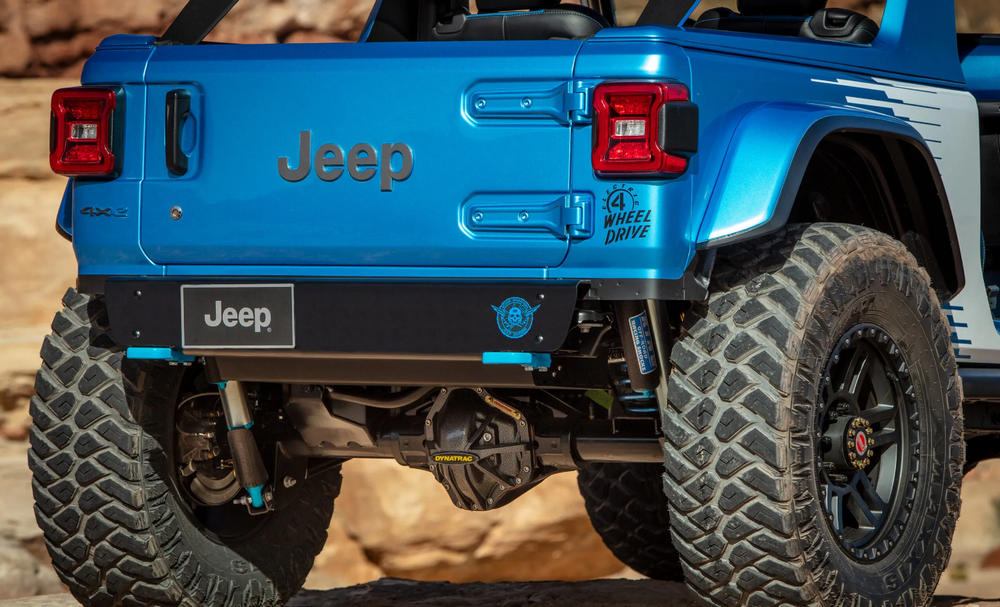
This article originally appeared in the October 2023 issue of THE SHOP magazine.
Behind every performance engine is a quality drivetrain system that effectively delivers all that power to the ground.
While consumers often don’t think of them until something goes wrong, drivetrain components are nevertheless vital factors to the overall enjoyment of any vehicle build. Their relative lack of exposure and sometimes intricate compositions are just two of the reasons why a professional touch is often needed.
Suppliers are happy to answer common drivetrain questions and point shops in the right direction so that all the gears mesh smoothly.
MANY FACTORS
As in many industries these days, a lot is happening all at once in the performance drivetrain market.
“Industry trends such as post-COVID cooling, new vehicle costs and general economic concerns are creating headwinds,” says Neal Hollingsworth, marketing VP at RANDYS Worldwide, when asked about outside factors affecting the market. “On the other side, the supply chain has caught back up, pricing pressures and the costs of raw materials have eased, the supply chain is hungry, and ships are making it into port. Inventory is good.”
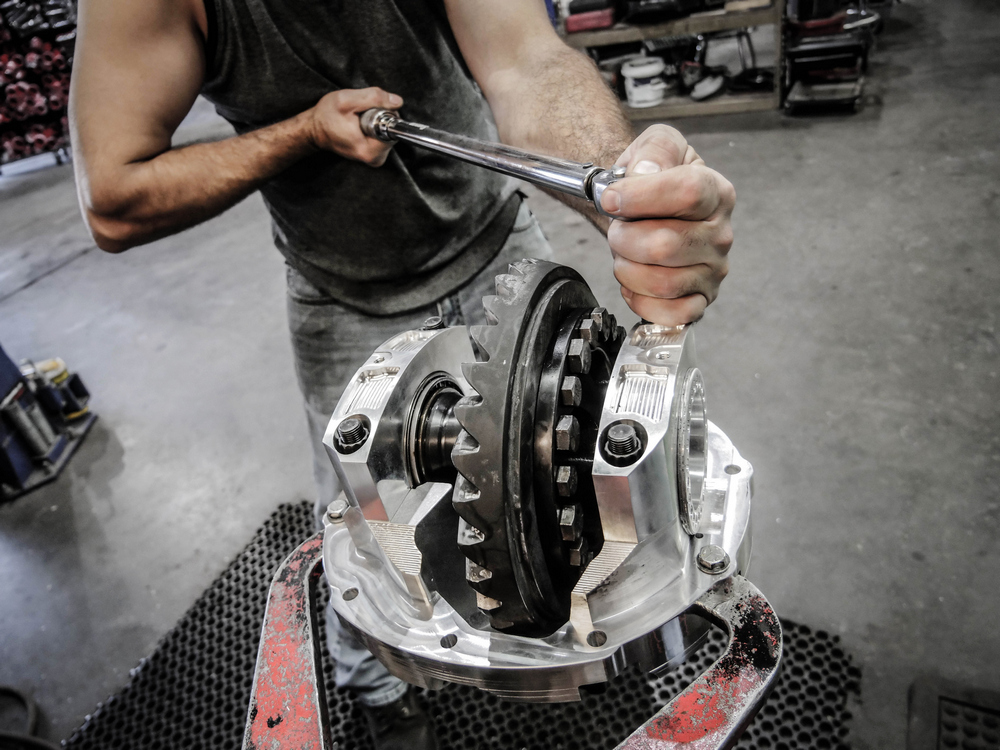
One key to success? Adaptability.
“You take the good with the bad, stay in front of your customers, provide new news and great customer service and you have a winning combination,” he says.
Different companies are dealing with different issues as they work to fill the encouraging trend of increased customer demand.
“The supply chain for installation components has been facing challenges. High demand has led to shortages of common parts like bearings and races,” says Lars Svanoe, international sales manager for Nitro Gear & Axle. “We prioritize OEM quality or better, but it’s evident that the manufacturers are not fully considering the extensive aftermarket using the same components as the original builds. This shortage is affecting all sectors of the business due to insufficient production to cater to all channels.”
New technology is also having an impact, says Bob Scheid, vice president of McLeod Racing, “both in positive and negative ways.”
The bad news is that modern cars and trucks are becoming more complex, causing aftermarket solutions to become more complicated.
“The computers in the vehicles pull more data points than ever before,” Schied says. “As a manufacturer, we use and keep this in mind as we design user-friendly products.”
The good news is that suppliers have access to friction materials and other components that help them build better products than even just a few years ago.
“This is true in our hydraulic bearings and other components,” Scheid continues. “Right down to the seals we offer, technology has driven quality in a positive direction for companies like McLeod that are willing to be open to it.”
Sometimes, it’s not about focusing on the latest OEM models.
“With the increasing prices and low inventories of new vehicles, more consumers are opting to keep older vehicles,” says Josh Steinmetz, brand manager at Hot Shot’s Secret. “When repairs are required, consumers often opt to upgrade their vehicles with aftermarket parts; not just replace.”
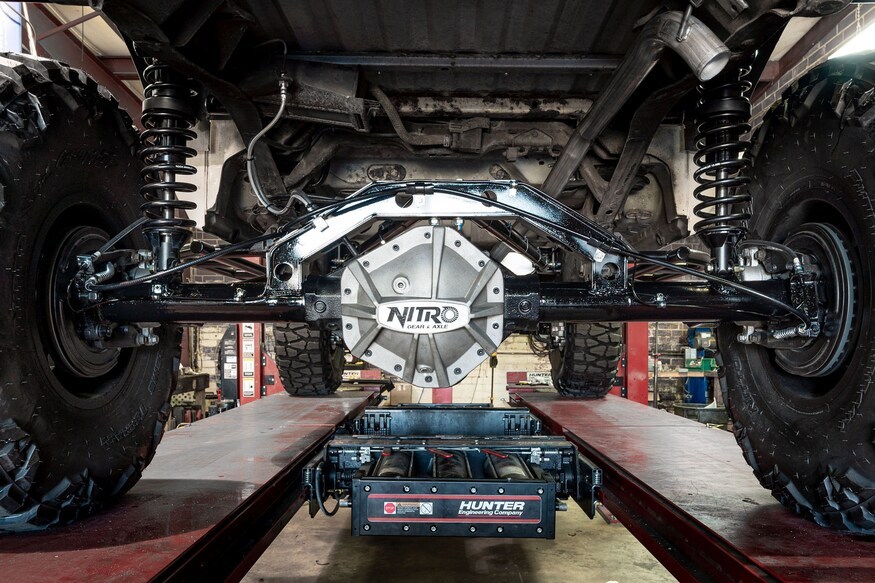
Finally, Matt Graves, marketing manager at American Powertrain, reminds shops not to forget one of the reasons why the performance drivetrain market remains popular year after year.
“People are wanting manual transmissions more and more these days,” he observes. “Muscle cars need a stick!”
A PROFESSIONAL TOUCH
Even when selling to do-it-yourselfers, shops should never underestimate the value of professional knowledge and experience when it comes to building an integrated driveline setup.
“Drivetrain is an art. Some call it voodoo,” says Hollingsworth. “It’s meticulous and painstakingly time-consuming when the patterns on gear installs aren’t perfect. When it isn’t done properly, you’ll know it. At this point, the diff is screaming louder than the customer bringing it back.”
Moving from OE to an aftermarket system doesn’t always line up, he explains, and not every gear is the same.
“Oftentimes, an imperfect pattern is accepted as ‘close enough’ when one more take will get it to perfection,” Hollingsworth continues, noting that since there are no ASE training modules, Yukon Gear & Axle has created a Master Installer Training program focused solely on the installation of drivetrain components that now has more than 100 graduates.
“This program is the only drivetrain training program in the country with a mission to educate and train professionals, ultimately certifying them as master installers,” he says.
Meanwhile, outside factors can sometimes be compounded by internal mistakes and miscues in shops servicing this market.
“Whether it is a clutch, a transmission, a torque converter or any other drivetrain part, sell the customer the right part for their build and the way they plan to use it,” says Scheid. “Too often parts are sold based on horsepower, while other factors such as type of use are not considered. Don’t sell a clutch made for the street that holds 800 hp to someone that is going to use the car on the track. The horsepower might be right, but the type of use isn’t.”
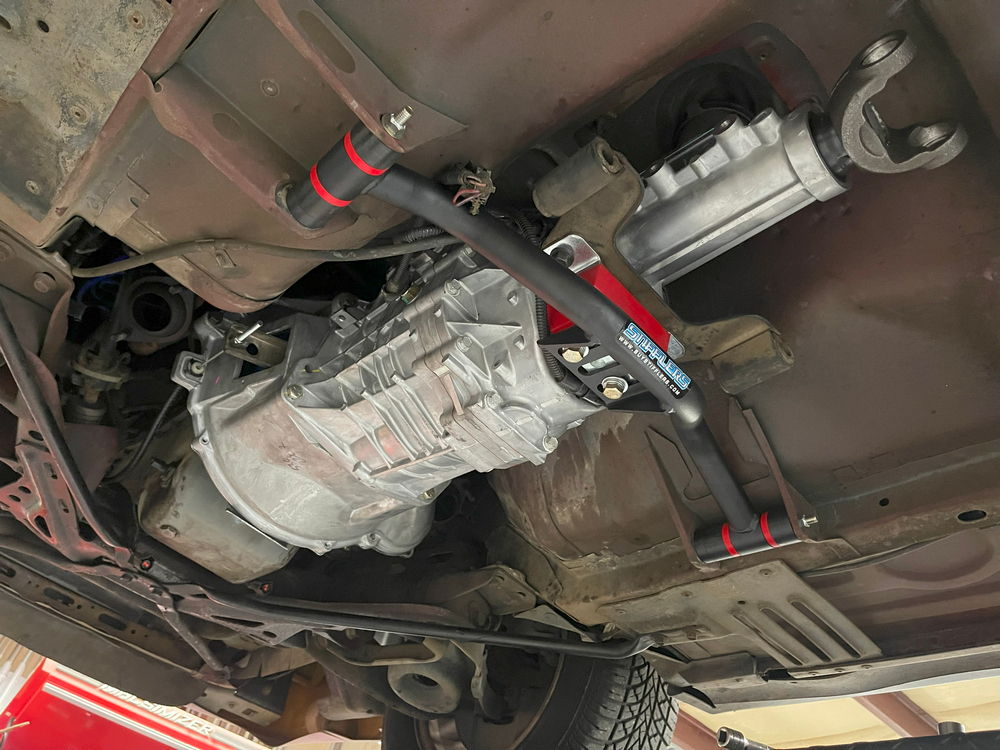
And choosing the right component is not limited to hard parts, Steinmetz adds.
“Care should be taken when selecting fluid to match the specification called for by the manufacturer,” he says. “Selecting the incorrect type or viscosity of transmission fluid can affect performance and lead to excessive wear.”
Considering the entire system as whole, as well as rechecking your work, can prevent future headaches.
“Neglecting a comprehensive inspection of the entire drivetrain system for other potential wear or failures is risky,” warns Svanoe. “Even if a vehicle has low mileage, a single failing part could lead to significant damage during a re-gear, potentially holding the installation shop accountable for the outcome. It’s crucial to ensure a thorough examination to prevent such issues and mitigate liability concerns.”
Add it all up, and experienced shops will come out ahead on profits and time saved.
“Poor installs are the leading thing we have to deal with,” says Graves. “Things like not reading the instructions. Lot of shops need to learn how to properly dial-indicate a bellhousing and set up a hydraulic clutch system. Learning what it takes to swap out a transmission into an older car takes some time.”
A STEP ABOVE
Businesses that gain that experience will enjoy name recognition and long-term success.
“For many shops fighting for dominance, it’s always been about reputation,” says Hollingsworth from RANDYS. “It’s not a hard thing to think about, no matter how large of a business you run. But, for the city shop, making sure that the vehicle is delivered back to the customer with the utmost care put into it is the secret sauce. It’s easy to believe that some social media and general advertising will work, but we see a lot of our dealers participating in the craft. That could be anything from pulling, to riding trails, to racing, to overlanding and more. Finding your niche and driving that home as a leader is a great way to stay ahead of the competition.”
One approach is to learn all you can about the people you serve.
“Get to know your customers’ needs and how they use their vehicles,” suggests Steinmetz from Hot Shot’s Secret. “You can often suggest an upgrade that will increase your sales while giving the customer a better experience.”
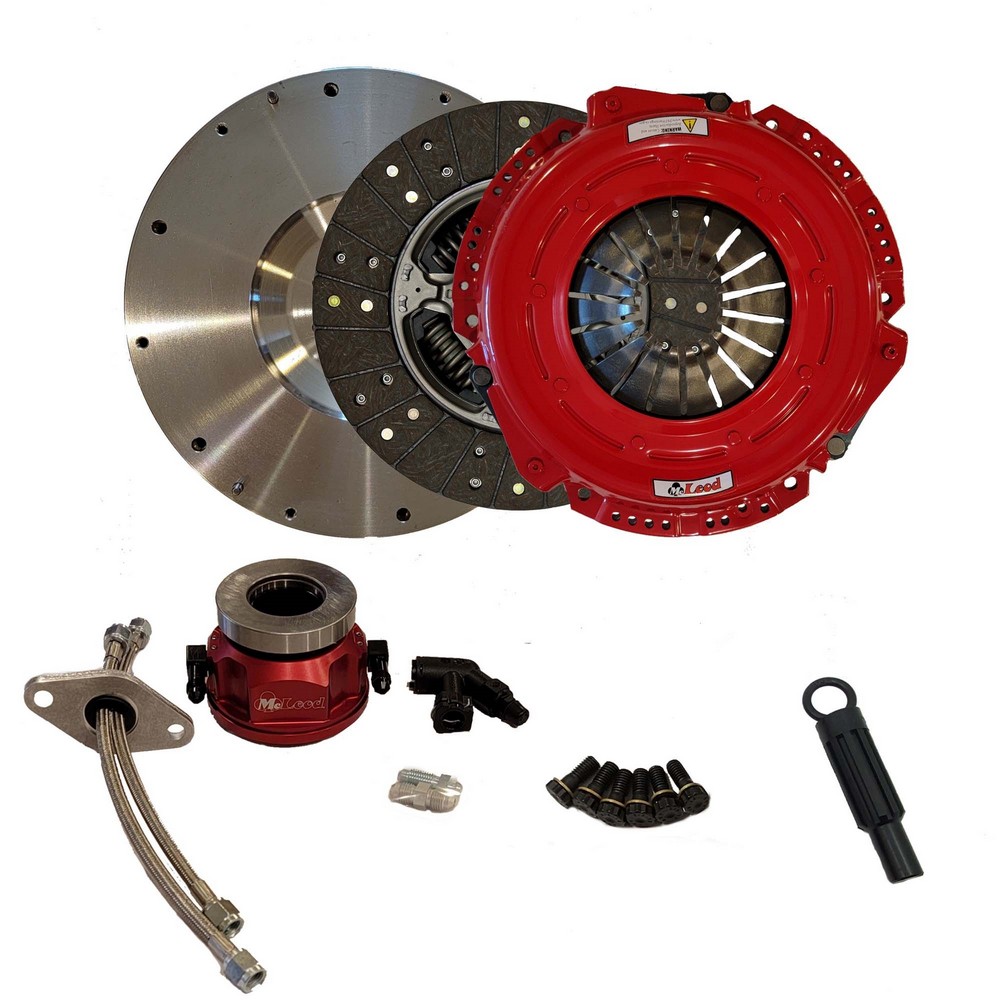
In fact, strong partnerships are needed everywhere you turn, says McLeod’s Scheid.
“Build great relationships with your suppliers. At Mcleod, we have an awesome tech team to help walk you through what the customer needs and to get you all the parts you will need to service that customer right the first time,” he says. “A shop’s customer service starts before the vehicle ever gets on the lift.”
Then it’s time to perfect your systems and processes.
“During a re-gear, it’s essential to inspect adjacent bearings, seals and hardware. Additionally, verify the vehicle owner’s needs and suggest beneficial add-ons such as air lockers and compressors, and limited-slip and helical gear traction devices,” says Nitro’s Svanoe. “Always advocate for high-quality lubrication and offer the necessary lubricants for post-break-in use. Demonstrating your commitment to customer support even after they leave reinforces a sense of reliability and service excellence.”
In the end, drivetrain success often comes from doing what others can’t or won’t.
“Learn the market for overdrive conversions,” says Graves from American Powertrain. “It’s a lot of technical knowledge and if you can’t talk the talk, you won’t get the sale.”
